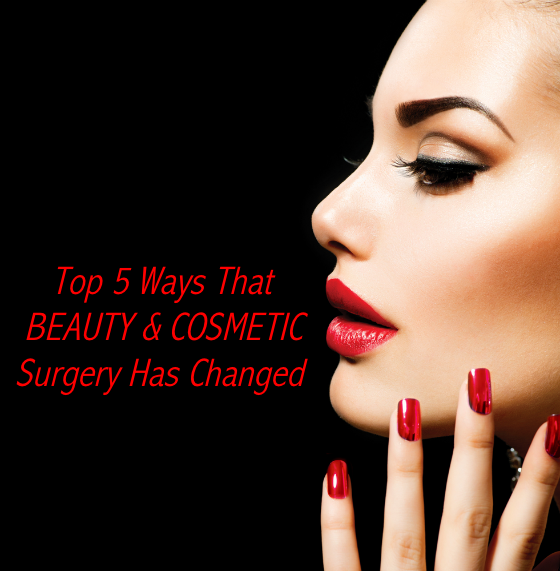
Many people are surprised to learn that cosmetic surgery dates back to Ancient Egyptian times with the first recorded operation being for the repair of a broken nose around 1500 BCE. Beauty and cosmetic surgery has changed in many respects since its humble beginnings, with great advancements in technology and a huge shift in perceptions resulting in a boom in its popularity. Here are the top five ways that the industry has seen changes through the years:
How Beauty and Cosmetic Surgery Has Changed
1. Attitudes
Historically, having cosmetic surgery was seen as an act of vanity and people preferred to hide the fact that they were having treatment. But attitudes to cosmetic surgery have shifted a great deal over recent years. People are now more understanding of the impact that insecurities about their appearance have on their emotional wellbeing, and the benefits of having surgery to make positive changes are more widely appreciated. It is accepted that beauty and cosmetic surgery has the potential to give people back the confidence they have lost, or indeed, the confidence they never had.
2. Popularity
Despite economic difficulties in the UK, the cosmetic surgery industry is booming and the number of procedures performed each year is on the rise. The global market was worth a staggering 3.6 billion pounds in 2012 and growth has continued through 2013. Perhaps surprisingly, the British Association of Aesthetic Plastic Surgeons (BAAPS) report that the biggest surge is in male surgery which accounted for 10 per cent of all procedures performed in 2012 and is growing at a faster pace than ever. It is suggested that this is as a result of stronger competition in the job marketplace and greater pressure for men to make a good impression.
Another factor that has influenced the growth in cosmetic procedures is the aging population, creating a greater demand for treatments that improve the appearance of fine lines, wrinkles, crow’s feet and forehead creasing. Social media has also played a part in driving demand, with a survey carried out by the American Academy of Facial Plastic and Reconstructive Surgery (AAFPRS) revealing a 31% increase in surgery requests that resulted from people concerned over their appearance on social media channels.
3. Conceptual and technological changes
Cosmetic surgery used to be about ‘going under the knife’ for a major operation that required significant rest and recovery as part of the healing process. Nowadays the popularity of techniques has shifted from the traditional open surgery methods to minimally invasive techniques which make procedures more affordable and far less daunting. Many operations are carried out using a viewing scope and specialist instruments, enabling surgeons to perform major surgery through a number of very small openings. This eliminates the requirement for a large incision and consequently, the operation costs less overall and there is less scarring, less pain and a faster recover time.
Lasers are also used for a wide range of operations with exceptional results. They are able to rapidly remove the outer layer of the skin, resulting in the skin tightening and consequently being smoother and free from large pores and brown spots. Lasers are also effective in reducing fine lines and wrinkles and for skin resurfacing, which once would have been achieved through dermabrasion or chemical peels. Use of a laser is as effective as an intermediate depth chemical peel but the risk of complications is far less.
Lasers are also used to provide eye lifts, a particularly popular treatment with aging men and women. In many cases, lower eyelid bags are treated using a laser and without the need for an incision, producing no visible scarring. Drooping upper eyelids are similarly corrected with an upper eyelid lift – again, there are no scars and the most a patient has to deal with is a little bruising and bleeding, which heals up very quickly.
As well as the increase in the use of lasers, there has been a huge growth in the popularity of techniques sometimes dubbed ‘lunchtime procedures’ which are employed to correct signs of aging without any surgery at all. A popular treatment is Botox, in which a little botulism is injected in an area with wrinkles to flatten them out. Fat and collagen are also used to smooth creases from below the eyelids to the chin and these are similarly injected to fill the wrinkles out. Such treatments are affordable and do not require anesthesia or any recovery time.
5. Lower risk
Although no elective surgical procedure can be said to be risk free, the advances in technology for beauty and cosmetic procedures have resulted in not only better results but also a faster recovery time for patients. Because many procedures are now minimally invasive, the risk of infection or complication is significantly reduced. Very low risk ‘lunchtime procedures’ are now seen as complementary to the use of anti-aging creams and use of cosmetics.
Sources:
- http://www.absamc.com/
- http://en.wikipedia.org/wiki/Plastic_surgery
- http://health.howstuffworks.com/wellness/cosmetic-treatments/what-plastic-surgery-can-and-cant-do.htm

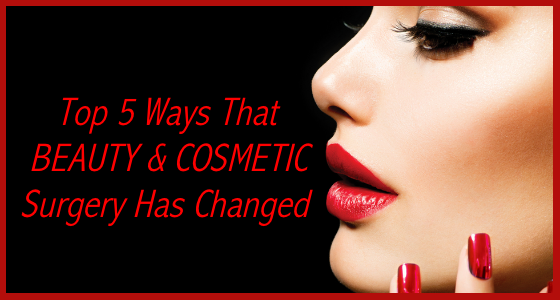





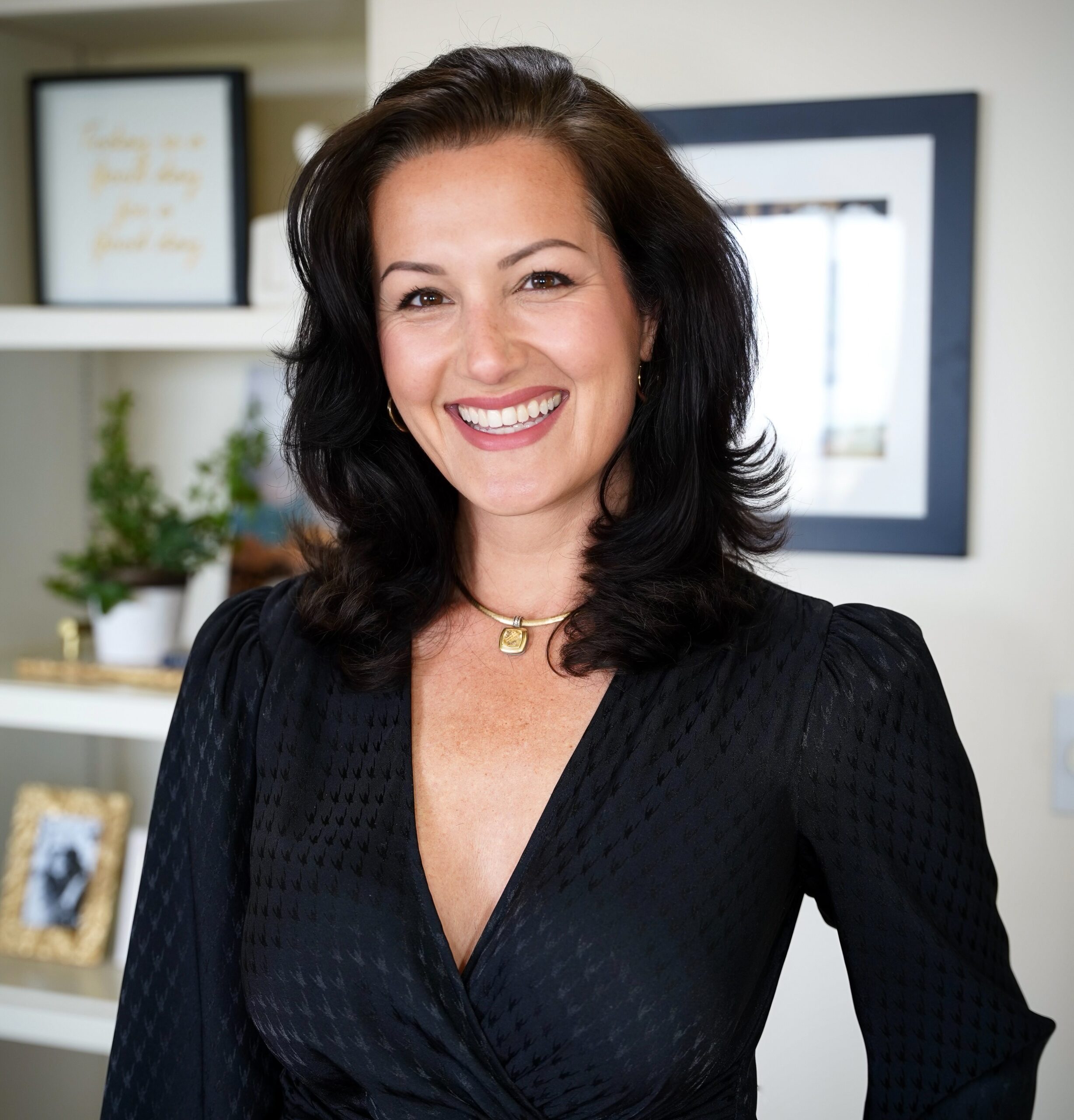

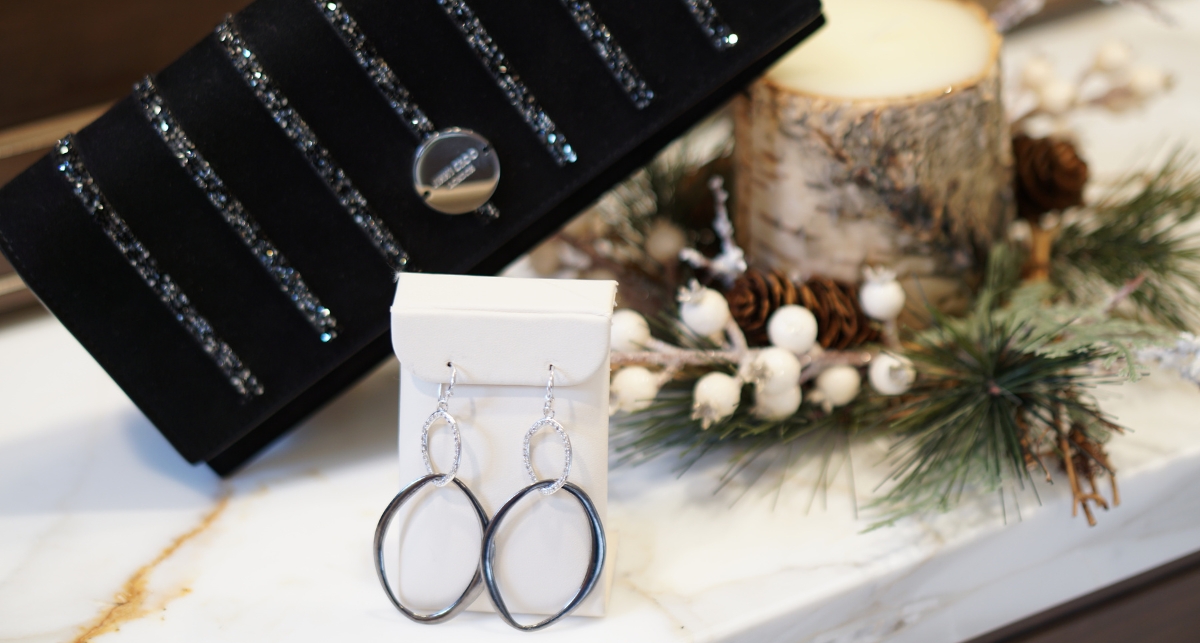


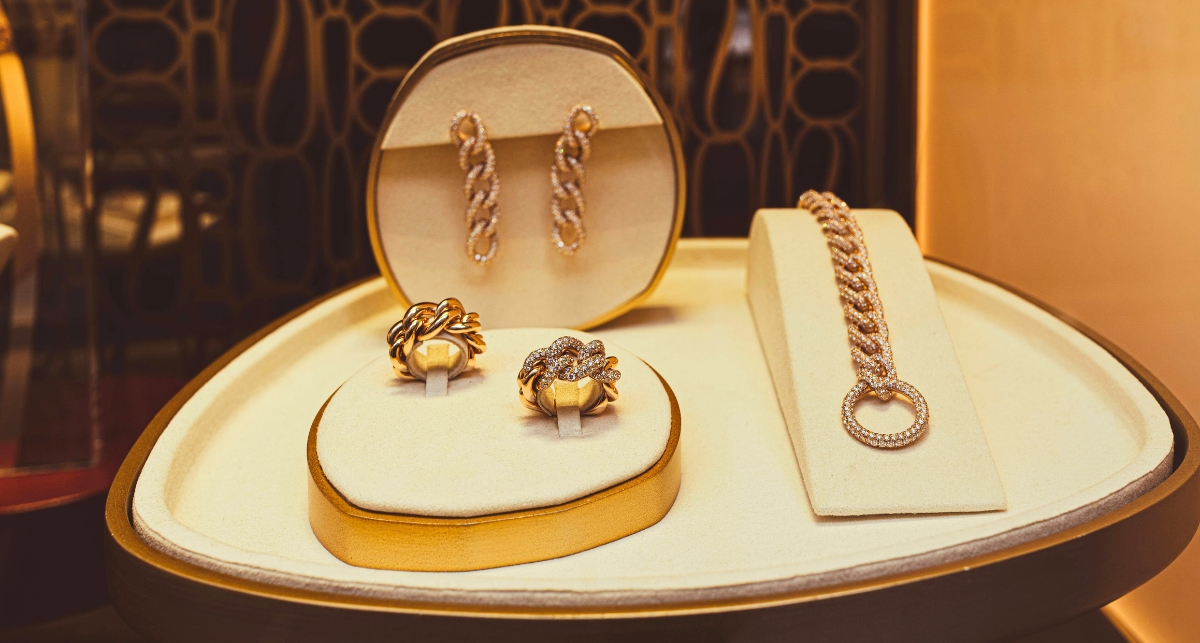



I totally agree with you. I believe a major part of all the changes or the driving force behind the technology for plastic surgery getting better are the attitudes.
Kiri
http://www.fashionblender.com.au/blog/2014/1/28/do-it-yourself-clear-docs-socks
Hi Kiri! It’s amazing how people’s perspectives have changed so much over time. I find that so many more people are open to discussing these types of topics nowadays, which is helpful. When people can share their experiences, other people can learn from them.